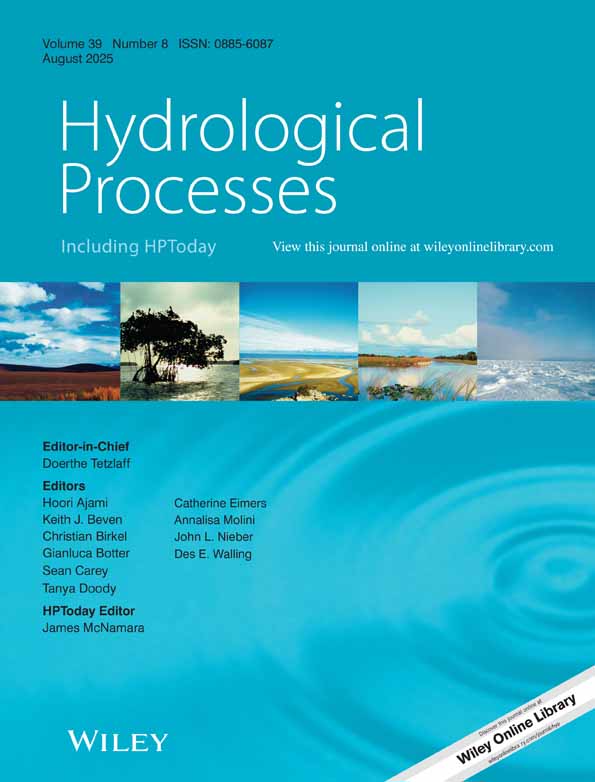Time series analysis of long-term river dissolved organic carbon records
Abstract
Two long records of dissolved organic carbon (DOC) concentrations in river water were examined by a detailed time series analysis in order to shed light on the mechanisms generating observed increases in DOC concentrations across the UK. The records date back as far as 1962 and come from catchments 589 and 818 km2 in area. The DOC records were compared with others taken simultaneously for flow, pH, alkalinity, air temperature and rainfall, and in one of the catchments also for turbidity and conductivity. All records were examined by the seasonal Kendall test; frequency distributions of daily DOC measurements were examined; annual cycles were calculated, Autoregressive and impulse functions were derived for DOC against flow records. The time series analysis shows that: (i) DOC trends cannot be readily explained by trends in flow, pH, alkalinity, turbidity or conductivity; (ii) there is a significant increase in carbon flux from these catchments; (iii) maximum and minimum components of the annual distribution of daily readings both show increases in DOC, implying that DOC flux is increasing for differing hydrological pathways; (iv) increases in DOC concentrations coincide with increases in temperature, though the biggest increases in temperature are in the winter months when such increases might be expected to have less effect on DOC production; (v) change in trend, and therefore flux, was observed to occur after a severe drought in 1976. The study suggests that there are real, significant increases in carbon loss from upland peat catchments and that climate is a major driver, especially a severe drought. Severe drought triggering changes in the DOC flux might be attributed to enzymic latch mechanisms. Copyright © 2004 John Wiley & Sons, Ltd.




